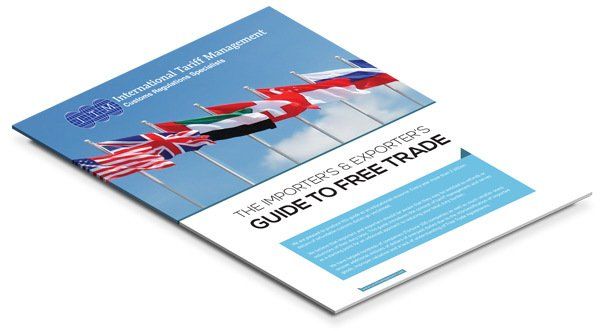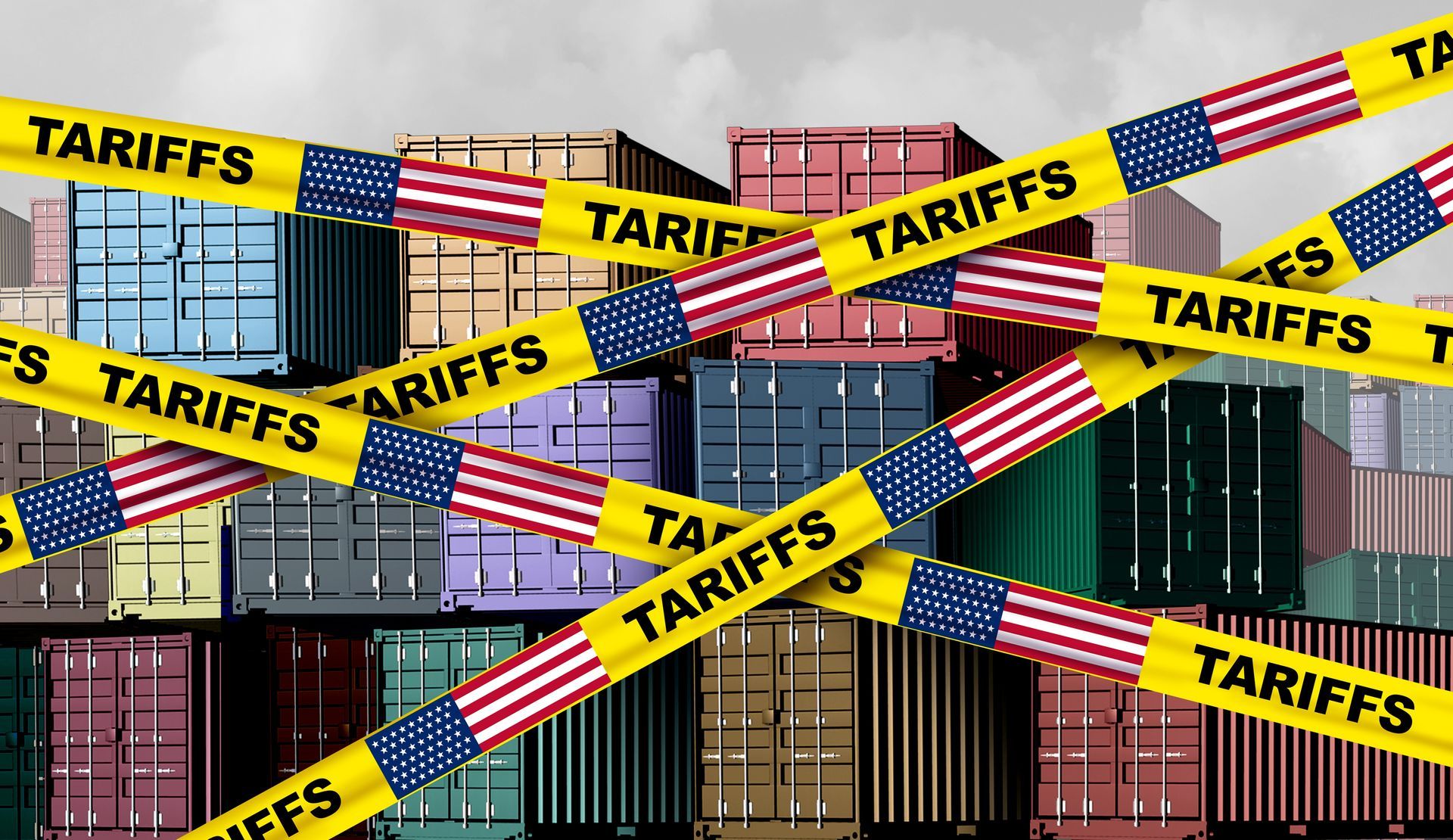Free Trade Agreements Help Lower Your Cost of Trade
jlamadeleine • October 26, 2015
Learn about the 13 other Free Trade Agreements that you may not know about.
While most importers are familiar with the North American Free Trade Agreement (NAFTA), the United States participates in 13 other trade agreements with other countries around the world. Some of these agreements were established as far back as 1985 and others that are only 3 years in existence.
These free trade agreements provide opportunities for importers to reduce their duty burden on items sourced from the participating countries.
The 13 additional free trade agreements (FTA’s) include:
Each FTA involves different criteria for qualification as well as includes various rules for different kinds and quantity of commodity.
These free trade agreements provide opportunities for importers to reduce their duty burden on items sourced from the participating countries.
The 13 additional free trade agreements (FTA’s) include:
1. Australia Free Trade Agreement (AUFTA)
2. Bahrain Free Trade Agreement (BFTA)
3. Central America-Dominican Republic Free Trade Agreement (CAFTA-DR)
4. Chile Free Trade Agreement (CFTA)
5. Colombia Trade Promotion Agreement (CTPA)
6. Israel Free Trade Agreement (ILFTA)
7. Jordan Free Trade Agreement (JFTA)
8. Korea Free Trade Agreement (UKFTA)
9. Morocco Free Trade Agreement (MFTA)
10. Oman Free Trade Agreement (OFTA)
11. Panama Trade Promotion Agreement (PATPA)
12. Peru Trade Promotion Agreement (PETPA)
13. Singapore Free Trade Agreement (SFTA)
Each FTA involves different criteria for qualification as well as includes various rules for different kinds and quantity of commodity.
We have extensive experience working with and providing support to our clients who participate in many of the FTA’s listed above. Contact us today if you think your company may benefit from one of the free tradeagreements listed above.
Get actionable advice on cost-saving strategies that boost your bottom line.
Subscribe here:

The latest on the reciprocal tariffs have them hanging in the balance. On August 29, 2025, the U.S. Court of Appeals for the Federal Circuit, affirmed a lower court decision finding that the reciprocal tariffs exceeded presidential authority under IEEPA. The court stayed its mandate until October 14, 2025, giving the g

On July 27th, the Trump Administration announced a deal with the EU imposing tariffs of 15% on most goods entering the US from Europe. As of August 1st, the 15% blanket tariff will cover most US imports. The US will have a 0% tariff for some items including equipment for US manufacturing and generic medicines.

The American company reached out to ITM for guidance. They were pleased to learn that under U.S. Customs regulations, they could file for duty drawback—a refund of duties paid—on expired and destroyed goods. Within just four months, ITM had successfully obtained the required authorizations and filed all claims related to the product destructions. Due to ITM’s relationship USCBP, and their expertise, over $850,000 in duty refunds was recouped.

On May 28, 2025, a U.S. trade court ruled that President Donald Trump over stepped his authority in imposing the reciprocal tariffs. At that time, the court ordered an immediate block on said tariffs. As of May 29, 2025 a federal appeals court temporarily reinstated the most sweeping of Trump's tariffs. Pausing the lower court’s ruling, The United States Court of Appeals for the Federal Circuit in Washington is going to consider the government's appeal, and has ordered the plaintiffs in the cases to respond by June 5 and the administration by June 9. This is a developing situation and we will do our best to keep the information coming.

This jewelry retailer's duty drawback success story demonstrates the significant impact that a well-managed duty drawback program can have on profitability. By recovering significant funds, the jewelry retailer was able to reinvest in their business, enhance competitiveness, and strengthen their bottom line in a challenging market.

As of 12:01am, March 4, 2025, tariffs of 25% are effective on products from Canada and Mexico and energy products from Canada are subject to a 10% duty. Products that are presently excluded from these tariffs include goods that are for personal use, goods entered under Chapter 98, donations that are imported under HTSUS 9903.01.21and merely information items included under HTSUS 9903.01.22. All other imported items will carry the 25% tariff and no drawback is permitted on these duties.

The upcoming changes to steel and aluminum tariffs will significantly impact the steel and aluminum industries, with numerous provisions to ensure compliance. Importers, exporters, and manufacturers in the steel and aluminum sectors should stay informed about the latest developments and ensure their operations are aligned with these new tariff regulations.

On February 1, 2025, President Trump signed an Executive Order (EO) that imposes an additional 10% ad valorem tariff on most imports from China, which includes products of Hong Kong. U.S. Customs and Border Protection (CBP) quickly followed up with important guidance regarding these changes, particularly impacting the trade community's handling of de minimis shipments from China. Effective February 4, 2025, de minimis shipments from China will no longer be eligible for the administrative exemption from duty under 19 U.S.C. § 1321(a)(2)(C), and will be subject to the new 10% tariffs. Here's everything you need to know about the changes:















